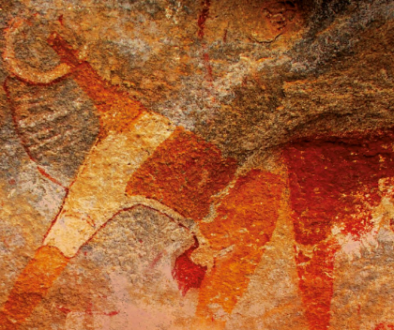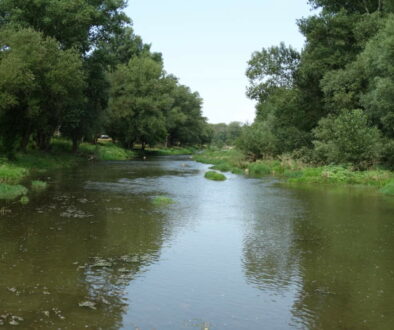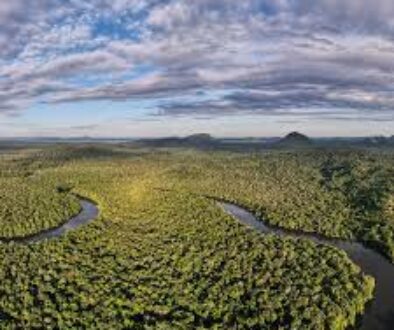Linking Biocultural Diversity and Sacred Sites: Evidence and Recommendations in the European Framework
F. Frascaroli and B. Verschuuren2016
There is growing recognition that sacred natural sites (SNS) form hotspots of biocultural diversity and significantly contribute to conservation in traditional non-western societies. Using empirical evidence from SNS in Central Italy, we illustrate how a similar link between spiritual, cultural, and biological values can be fundamental also in relatively secular and modernized European
contexts. We show that SNS are key to sustaining traditional practices and local identities, and represent important instances of biodiversity-rich cultural landscapes.
Based on other case studies from across Europe, we suggest that these conclusions can be relevant also at a broader European scale. Greater awareness from planners and policy-makers, however, is needed to safeguard and emphasize the role of European sacred sites as refugia for biocultural diversity.
We review policy guidelines on SNS previously developed by International Union for the Conservation for Nature (IUCN) and United Nations Educational, Scientific and Cultural Organization (UNESCO), and aimed at protected area managers and
planners. We assess the applicability of these guidelines in European contexts, and complement them with findings and insight from Central Italy. We provide recommendations for guidelines that are suited to SNS related to mainstream faiths in Europe.
Reference
F. Frascaroli and B. Verschuuren (2019) Linking Biocultural Diversity and Sacred Sites: Evidence and Recommendations in the European Framework Linking Biocultural Diversity and Sacred Sites: Evidence and Recommendations. In Mauro Agnoletti •Francesca Emanueli. Biocultural Diversity in Europe. Chapter 21. pages 389-417. Springler. ISBN 978-3-319-26313-7.




